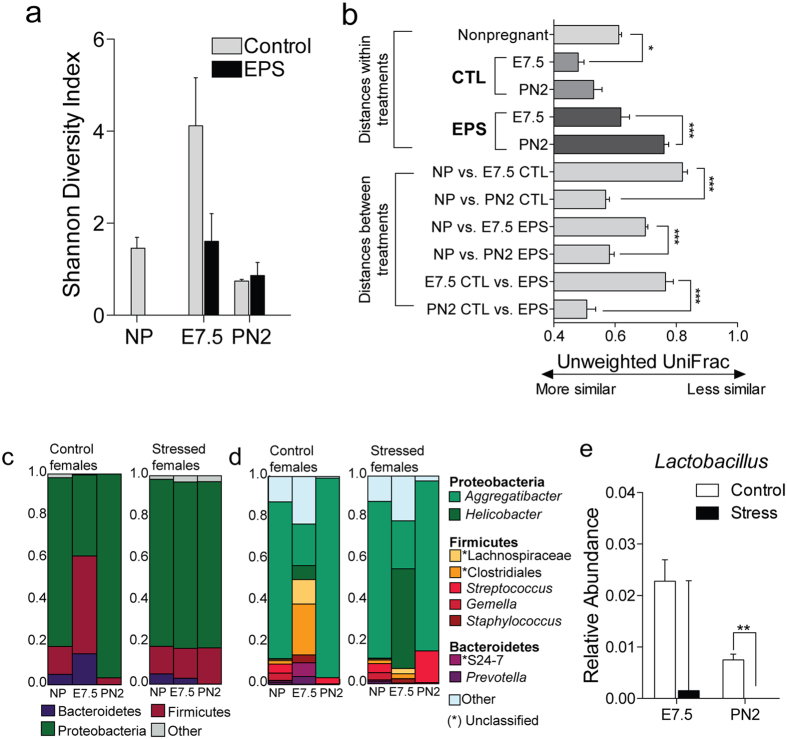Figure 2. Stress alters diversity, structure, and composition of vaginal microbial communities.
(a) Shannon diversity index plotted against sampling time point demonstrating that stress prevents the increase in microbial diversity at E7.5 as observed in control females. N = 5–8/day/treatment; Mann Whitney U, *p < 0.05. (b) Stress alters microbial community structure in the vagina. Average (±sem) unweighted UniFrac distances comparing phylogenetic configurations of vaginal microbial communities of nonpregnant females, and control and stress-exposed females during early pregnancy and postpartum. N = 5–8/day/treatment; Mann Whitney U, *p < 0.05, ***p < 0.001. (c,d) Distribution of dominant taxa in control and stress-exposed females reveals an impact of stress on vaginal microbial community composition. (c) Left panel, mean phyla-level relative abundance of nonpregnant, pregnant, and postpartum vaginal samples. (d) Right panel, mean relative abundance of the most abundant taxa in vaginal communities sampled from nonpregnant, pregnant (E7.5), and postpartum (PN2) females. E7.5, gestation day 7.5; PN2, postnatal day 2; N = 5–8/day/treatment. (e) Vaginal Lactobacillus relative abundance is significantly decreased at PN2 in females exposed to stress compared with control females PN2, postnatal day 2; N = 5–8/day/treatment. Mann Whitney U, **p < 0.01.

